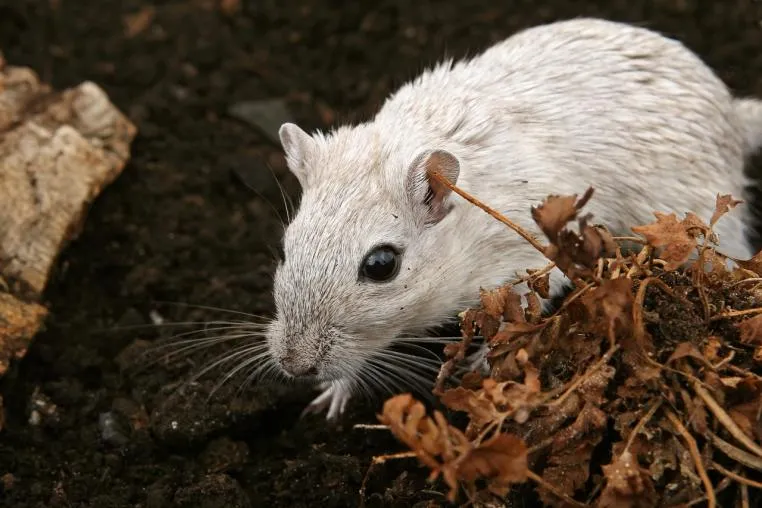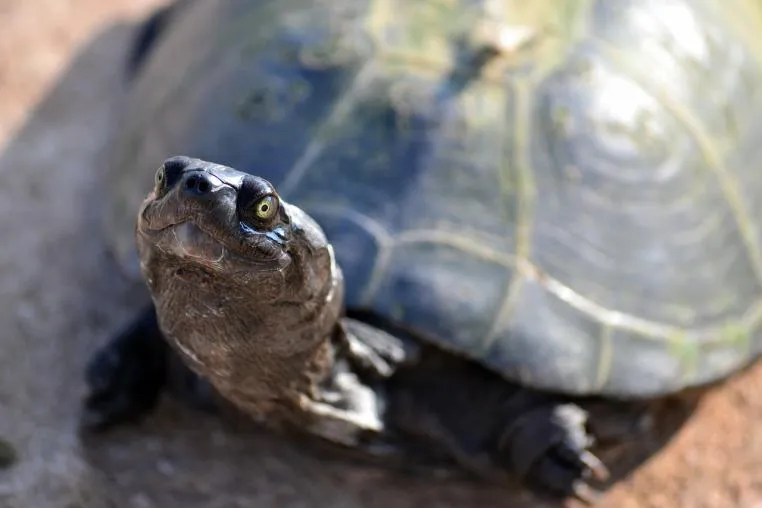Why are some animals harder to treat than others? If you own or work at a veterinary clinic, this is one question you will likely ponder at some point. Cats are not dogs; neither are canaries, chinchillas or degus. But which pet-patients are the hardest to treat? Which animals must be wrangled and sedated in order to examine and which are so stinky, you’d rather eat dog food than stitch up its festering wound?
Here’s a list of some of the hardest animals to treat. Due to the graphic nature of the subject at hand, some vet discretion is advised.
Pigs
Pigs are smart and good-natured, but treating them at your veterinary clinic can be as unpleasant as sucking on sour grapes. Strong and stubborn, pigs aren’t exactly the picture of cooperation. With no accessible veins, pigs are hard to tranquilize with drugs, and boy, do they know how to squirm! If they don’t want to sit still and be treated, they’ll dig their heels in, before darting off, their squeal piercing the ears of everyone in your clinic’s waiting room.
That being said, pigs are wonderfully delicious, and not just in the “I’m going to roast you for supper kind of way.” They truly are sweet, possibly because of all the sweet treats you have to bribe them with to complete your examination or procedure. Want to suture, suction or sample? Offer your pig-patient a bowl of frosting to lick. Need them to ingest a pill? Hide it inside a banana. These animals are always up for a pigfest and will be happy to chow down while you work on their bodies.
Song birds
With tiny animals come tremendous treatment challenges - and song birds are no exception. These miniature music machines are so delicate that it doesn’t take much to aggravate their fine temperament. A little nick, infection or bout of pain, and the sweet songbird’s lullaby rapidly descends into the depths of melancholy and despair. If there was ever a soundtrack of emo bird notes, it would be teeming with the fearful chirps of the stressed song bird on a veterinary exam table. Despite your best attempts at care, when a song bird is under the weather, they just want to die - fast. But not without first taking a jab at you with their tiny, pointed beaks. Ouch.
And that’s without taking into account the fact that their bodies are so small that even if they were to cooperate, finding the right part of anatomy and tending to it accordingly is about a clear-cut as performing anentenal surgery with only one working eye.
Hamsters
You’ve most probably heard of road rage, but have you ever heard of cage rage? Kept in cages for the majority of their domesticated lives, hamsters are highly susceptible to extreme aggression, especially when feeling under the weather. They can turn themselves into a ball, have no tail to grab onto and bite when they are startled or feel threatened. They might be cute, but they are pretty much just furry biting machines. With the staggering amount of children - and vets bitten by enraged hamsters annually, it’s a wonder why anyone ever thought hamster would make good pets. They certainly don’t make good patients.
Then again, if you had to spend all day running around in circles, without actually going anywhere, you’d probably be stressed out and furious at the world as well.

Rattlesnakes
Treat a rattlesnake for mouth rot, parasites or breathing disorders, and you’ll forever shudder at the sound of baby rattles shaking in your little one’s nursery or playroom. As if the slippery, slithery snake body wasn’t enough of a challenge to work with, you have to listen to him shake his money maker throughout the entire treatment process! The near-constant sound of biological rainsticks rapping at your cerebellum is enough to make your own body shake from head to toe.
Turtles and tortoises
While it may seem idyllic to have patients who don’t gripe about their ailments or yelp out in pain mid-treatment, it’s anything but. Turtles and tortoises feel pain, but you won’t hear them screaming or crying, so it can be hard to modify your treatment. And it can also be hard to keep these slimy pets still, while maneuvering around that giant shell of theirs. Imagine trying to extract a precious diamond from within a hard coal cave? That’s more or less what inserting an IV into a turtle is like.
Holy guacamole!

Exotic animals
The majority of small animal training in vet school is devoted to cats and dogs. No surprise there; canines and felines are the most commonly owned pets. This means that you probably have less experience treating more exotic animals. And while some of these less popular creatures are truly magnificent, others can be little - or big, stinkers. Literally. From oily fur to overactive sweat glands and the natural consequence of spending time in a cage with their own excrement, exotic animals, like rabbits, possums, iguanas and guinea pigs, are no picnic to treat. Or to picnic with.
The bottom line
In all honesty, while different species bring with them different challenges and some may be harder to treat than others, the hardest animals to treat are the ones that aren’t brought into the clinic until it’s too late - or at all. That’s why it is so important to remind pet owners to bring pet-patients in for routine check-ups. This way, you can identify, diagnose and treat even the most difficult pet-patients as early and as successfully as possible. It is also crucial that you provide superior care throughout the treatment process that encourages pet owners to bring their animals back for follow-up and future examinations and treatments. This includes implementing decontamination, instrument processing and sterilization practices within your regular operations - using the most advanced sterilizers/autoclaves.
Tuttnauer’s Tvet veterinary autoclaves were developed specifically for vet practices. They meet all your sterilization needs by creating cycle parameters to accommodate double wrapped pouches. These cycles ensure sterility and efficient drying of packs and pouches, helping veterinarians meet today’s challenging workloads and provide superior pet-patient care, without risking infection contamination.
For more information, read our blog posts on topics about sterile processing in veterinary clinics.